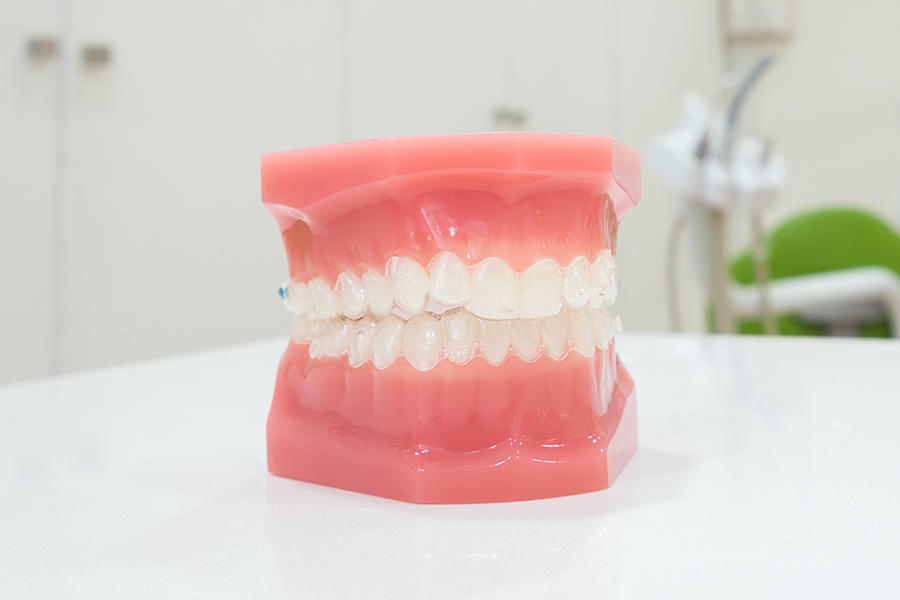Eye Drops for Glaucoma

Glaucoma is a chronic condition that affects the eyes and optic nerve, eventually resulting in blindness. Fluid begins to build up in the eyeball, increasing pressure in the eye (intraocular pressure, or IOP) and damaging the optic nerve, which sends the light signals your eyes receive to the brain to become images. Surgery is reserved for cases where conservative approaches have not been able to slow or prevent damage. Eye drops made specifically for glaucoma are a great option for glaucoma patients. Here’s a look at how eye drops for glaucoma work, some important things to know about taking eye drops for glaucoma, and some of the more common types of eye drops.
How Do Eye Drops for Glaucoma Work?
Because the pressure that erupts in the eyeballs is ultimately the biggest cause of damage (and thus blindness), most eye drops for glaucoma are made to decrease IOP in the eyeballs. A few types of drops will help improve the flow of the fluid in your eyes out of your eyes. Eye drops can be a good option for patients who have begun treatment in earlier stages of the disease, patients for whom surgery is not an option, and for most glaucoma patients in general before attempting more invasive treatment methods. In most cases, eye drops used regularly and as prescribed can help prevent vision loss from glaucoma.
Who Shouldn’t Take Eye Drops for Glaucoma?
Eye drops are not appropriate for everyone. The active ingredient in eye drops for glaucoma can get into the bloodstream; although it is a small amount, it can negatively influence autonomic nerve system functions, like breathing and your heart rate. All About Vision reports that eye drops can make conditions like asthma worse, and they may react badly with medications (particularly digitalis).
Allergies to Eye Drops
Second, glaucoma eye drops are generally irritating to the eyes when you first start them. This is normal, but if it becomes more than you can stand, call your eye doctor or family doctor as soon as possible. However, some people will experience an allergic reaction to eye drops for glaucoma; puffiness, redness, difficulty breathing, or generally feeling unwell are not normal reactions. If you experience any of this, stop taking your eye drops and call your doctor immediately.
It can take some time to figure out which eye drops are going to work best for you. You may need to take multiple drops at once for the best effect and protection. According to All About Vision, “many types of these drops can enhance the effects of other types.” If you have a bad reaction to one type, or it doesn’t seem to be helping, this doesn’t mean there isn’t one that won’t help.
Types of Eye Drops for Glaucoma
There are roughly six different types of eye drops for glaucoma, each with different drugs umbrellaed beneath them. Each different drug is generally available in one or more name brands, as well the below mentioned generic name. There are a variety of drops currently undergoing research or clinical trials. Combination drops are also available since about 50% of glaucoma patients use more than one type of eye drop at a time. The different types of eye drops, their purpose, and their common side effects include:
- Alpha-adrenergic agonists: Alpha agonists include apraclonidine and brimonidine. These drops help lower the amount of fluid produced (aqueous humor production) and are safely used with other drops. Side effects include red or itchy eyes, dilated pupils, and an elevation of the upper lid.
- Beta Blockers: Beta blockers include betaxolol, carteolol, levobunolol and timolol. Often prescribed in tandem with prostaglandins, these drops keep the eyes from producing as much fluid. They are largely inappropriate for people with cardiovascular issues. Side effects include dizziness, reduced heart rate, fatigue, and even depression or sexual dysfunction.
- Carbonic anhydrase inhibitors: Carbonic anhydrase inhibitors include brinzolamide and dorzolamide. Rarely used singly, these inhibitors also decrease the amount of fluid produced in the eyes. Side effects include burning or redness in the eyes, noticing a bitter taste in the mouth, and eyelid reactions. More severe side effects can make the drops completely unpalatable, including sexual dysfunction, tiredness, low appetite, unintended weight loss, depression, kidney stones, peripheral neuropathy, and a metallic taste in the mouth.
- Epinephrine: Epinephrine and dipivalyl epinephrine are the only two types of epinephrine based drops. Epinephrine based drops can not only help reduce aqueous humor production, but also help improve its flow out of the eyes. Side effects include conjunctival deposits, heart palpitations, increased pulse, and tear duct blockage.
- Parasympathomimetics: Also called cholinergic agonists, drops include carbachol, echothiophate, demecarium, and pilocarpine. These drops also improve the flow of fluid out of the eye, particularly for narrow angle glaucoma. Side effects include constriction of pupils, aching forehead, poor night vision, and burning eyes.
- Prostaglandins: Also called prostamide analogues, these include bimatoprost, latanoprost, tafluprost and travoprost. Used once a day, they relax muscles in the eye to allow fluid to flow out, thus decreasing IOP. Side effects include burning sensation upon application, eyelash growth, and darkening of the eye color.







